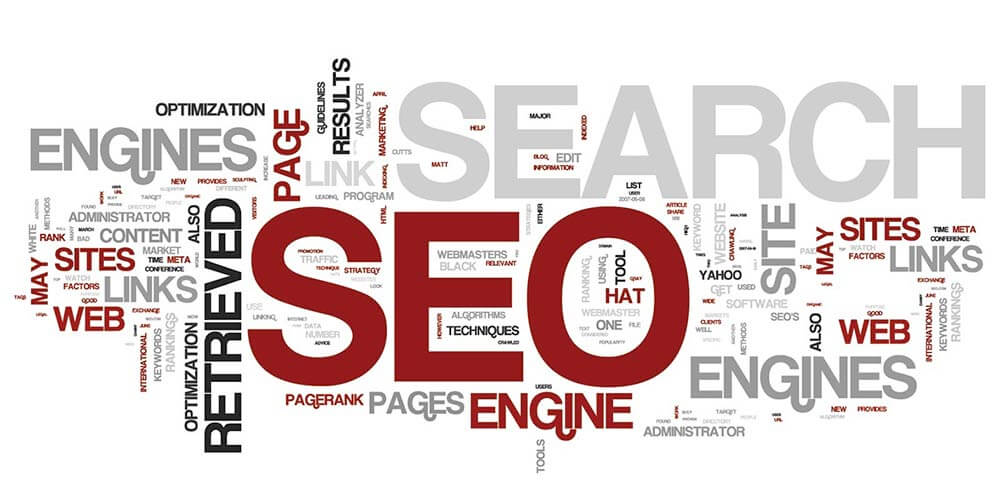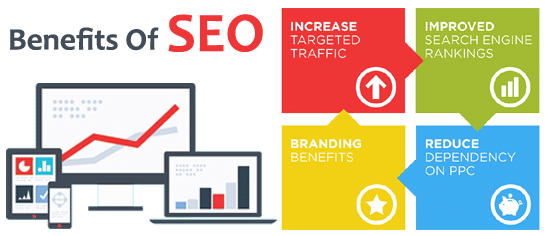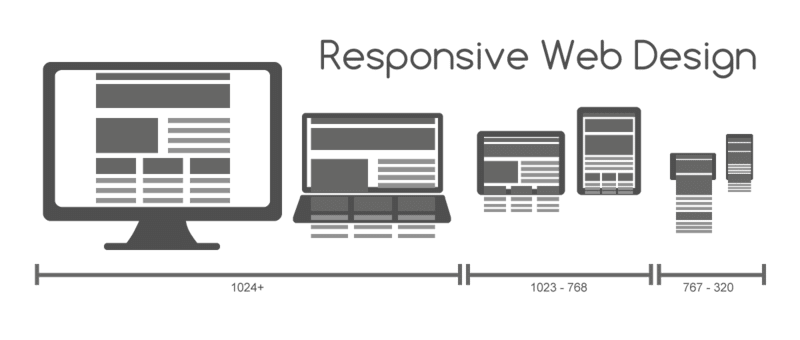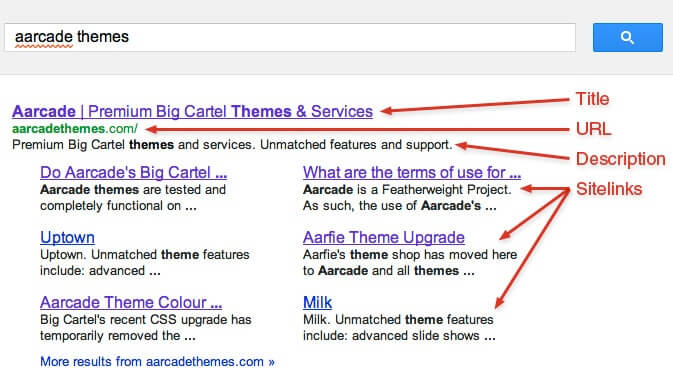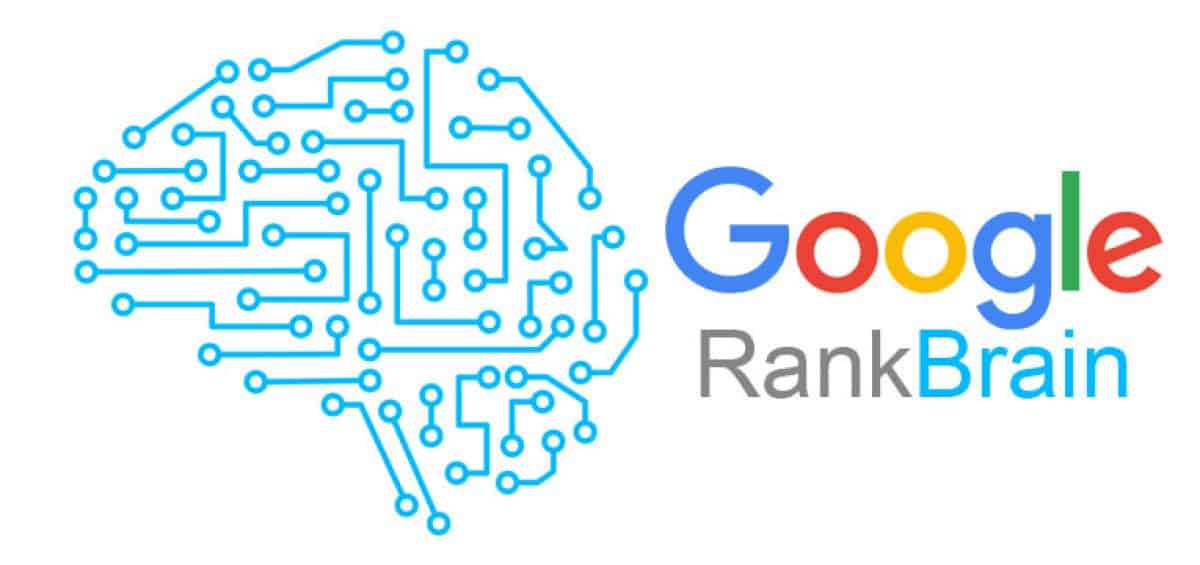SEO is not a cost but an investment that imparts results in the long term. You cannot expect a miracle to happen overnight—it takes weeks or even months to reach the top-of-the-results chart.
There is no fixed way to accomplish this; however, a combination of several methods can help you achieve higher rankings in a calculative (and not manipulative) way.
The following are several advantages of implementing SEO in your web design projects:
• Catering to a massive audience:
SEO is organic, and as your site goes up the rankings, you get more traffic. Studies related to various factors of SEO (link building, user-engaging content, and so on) indicate that sites visible in the first few pages of search engine results garner more traffic than the rest.
For example, if a user wants to buy sneakers online, they usually click site links that appear on the first or second SERP without bothering to scroll through the rest; they do not want to spend too much of their valuable time and are looking for a quick resolution.
Not only will traffic increase as a result of SEO, but the recommendations of users visiting your website will help you get more hits and attract new customers (a lot depends on the content or what’s on offer—you learn about that in subsequent chapters).The reach and scope you achieve by implementing SEO leads to a larger target audience.
When you use a pay-per-click approach, your site appears at the top of the SERP; however, the moment you stop paying for ads, the site will no longer be visible. On the other hand, SEO results are not dependent on ads, and with efficient maintenance, your site will appear at the top of the charts without having to advertise.
You do not pay Google or advertising vendors to achieve the top spot on the SERP. (Note that at times, you may need the services of a digital marketing agency for various reasons, such as providing quality content on a regular basis or obtaining better online advertisement and exposure.)
• Low cost of implementation:
In earlier days, marketing consultants advocated the use of brochures, ads, and television to advertise products. The amount of money spent on advertising was huge.
Today, creating and hosting a website is not expensive. Hiring a digital marketing expert or using the services of a professional SEO organization can be a viable option, depending on your line of business or niche. In the long run, you can stabilize your site’s position among the search results with minimum upkeep, resulting in a huge return on your investment for SEO implementation.
Earlier, data was used for monthly, annual, and sales reports by the top brass of an organization. However, data is used as a resourceful alternative with the advent of data science. Data helps you gain insight into customer preferences, marketing trends, and much more. You can get detailed analytics that help you determine game-changing factors for your business.
For example, Google Analytics and Google Search Console let you gather data that can help you understand key aspects and drawbacks related to your site’s visibility. You can also see conversions and bounce rates for the users visiting your website.
For example, you can better judge the number of users actually buying something on your website vs. those who visited but did
not make a transaction.
• Staying ahead of the competition:
A plethora of free and commercial enterprise-grade SEO tools (for example, Google Analytics and Google Search Console) lets you see results and reports not only for your website but also for sites owned by your competitors. Therefore, you can compare your results with your competition. You receive statistics about various aspects of your competitors’ business, such as the use of certain keywords, localization factors, and analytics.
Thus, you can gain a better understanding of important competitive factors and steer clear of your competition.
• Usability:
SEO and user experience go hand-in-hand. The future of SEO leans toward creating an enhanced user experience. For example, internal links on your website that point to relevant pages and content not only help search engines crawl your site but also result in easy navigation.
Ultimately, SEO implementation should focus not on search engines but on the user’s requirements and intent. Keeping this broad picture in mind, attracting users with engaging content and design is a recommended SEO trait that, in turn, aims at creating an awesome user experience. For example, Google advocates for mobile-friendly sites and ranks those sites higher, because mobile has become the de facto platform for business compared to desktop- or laptop-based sites.
Users tend to surf websites that are found among higher-ranked search results. Google encourages adherence to semantics and clean planning as opposed to underhanded techniques used by spammy websites.
Therefore, if your page is among the top-ranked search results, it reflects a certain trust and credibility. In addition, the “content is king” paradigm encourages fresh content and engaging users, resulting in conversion optimization. As traffic increases, so will the credibility of your website.
Therefore, you can ensure that the branding of the products on your site is apt, leading to better sales.
This is why small- and medium-size enterprises are more focused on SEO implementation (compared to large-scale organizations, which have the funds to advertise through several channels) using localization and other techniques that result in brand awareness.
